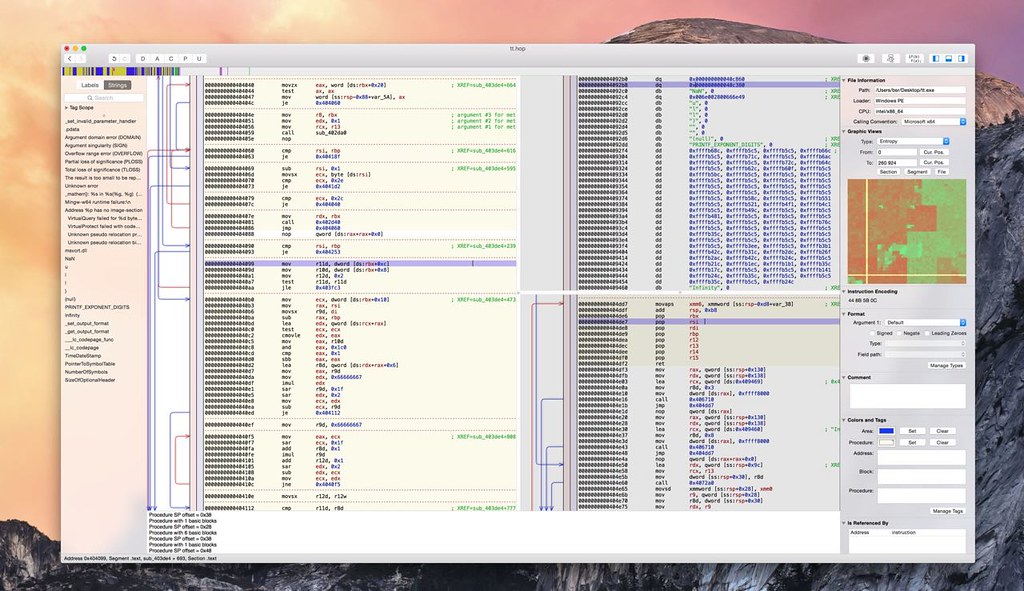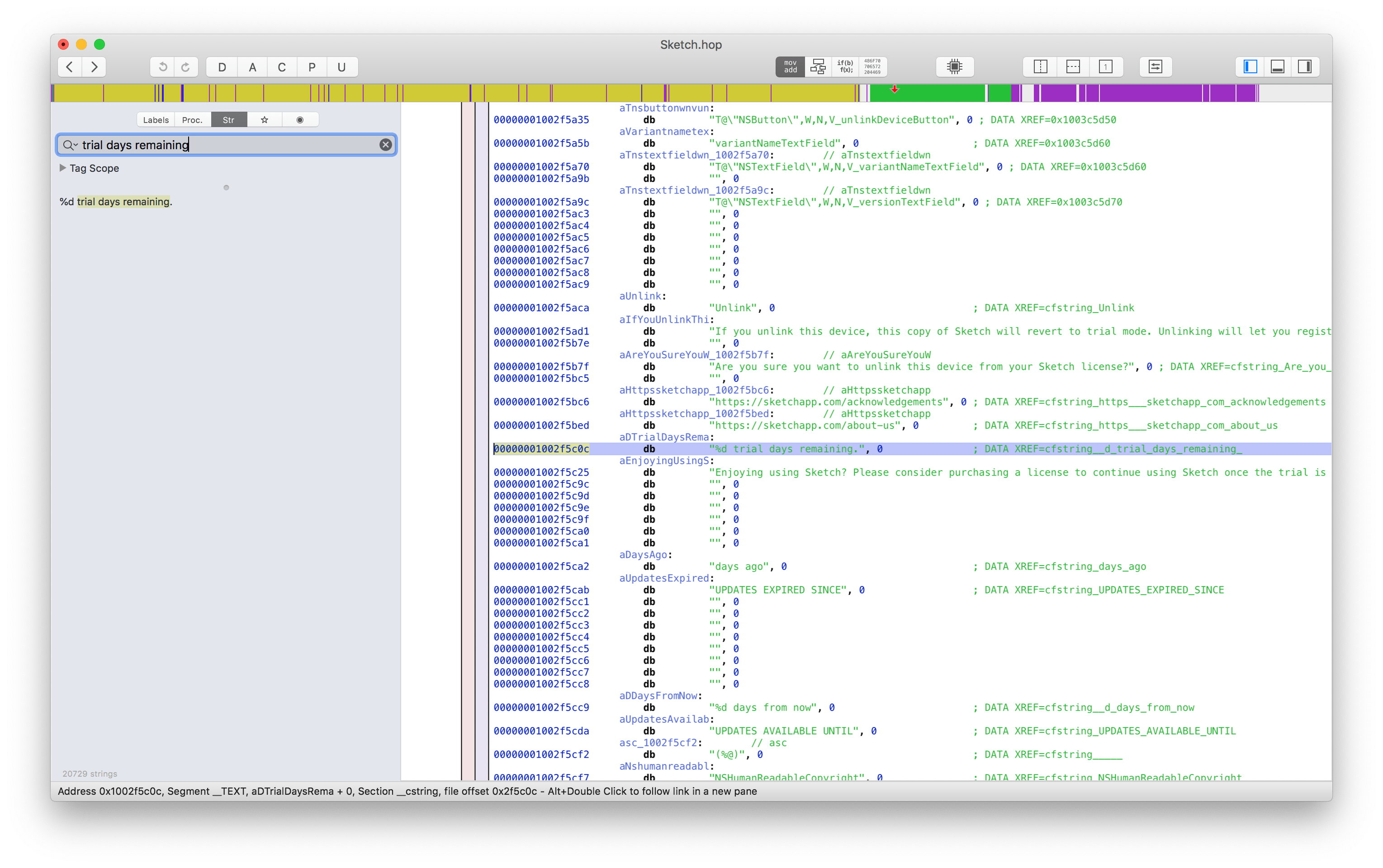
In this kind of scenario, the attacker aims to perform “feature unlock attack” by targeting to modify the controller software. For example, a high power variant of an engine may be just a locked configuration in the engine controller software. Because of this, the configuration of devices is often done purely with software. Physical devices depend more and more on the device software, such as firmware or special applications. If an attacker is able to distribute a slightly altered version that is able to manipulate a recipient’s bank account number, it is possible to gain significant monetary benefit in a short time before anyone notices the attack.Ĭhanging the device operation or configuration For example, consider an application used for financial transactions, used by consumers or businesses. Sometimes the attackers aim to change the behavior of the application, but only very slightly, so that the changed application is virtually not distinguishable from the original application. Obtaining knowledge of such vulnerabilities can be used to attack other systems that use the same modules. Further, updating such modules, especially in embedded applications, may not be straightforward. Any such modules can have vulnerabilities.

Many applications use third party modules (code, libraries, other assets) either directly or indirectly.
#HOPPER DISASSEMBLER LICENSE ALGORITHM CODE#
If the algorithm code is not obfuscated in any way, the pseudo-code of the algorithm can be easily extracted from the application binary.įinding open vulnerabilities that can be exploited to attack running systems These may be developed by the company developing the application, or parts of the application that are licensed from other developers. Many applications contain implementations of algorithms that have intellectual property value. Understanding how a proprietary algorithm works By carefully analysing the application binary, it is easy to locate and extract the secret keys or passwords, if they are not protected. The usual way to achieve this is by modifying the application binary.Īpplications often contain embedded information which is used to encrypt the data stored in the application, enable protected communication for example with a cloud backend, or enable the application to use other resources that require authentication. The attacker tries to disable the logic that checks for a valid license in order to be able to use the application without limitations. However, there are several reasons why attackers might want to target any application. “We’re not Facebook or handle ultra-sensitive data - why would anyone want to hack us?” It is easy to think that our application does not attract attackers to take the effort to reverse engineer the software. Why would anyone want to hack my software? This blog post is aimed primarily at anyone who have specific reverse engineering or tampering related risks in their systems, for example related to processing licenses, valuable content or media, proprietary algorithms or financial transactions.

This time we take a fairly detailed look at attackers’ motivations, methods and the ways to deter most attacks from succeeding. This post is a follow-up to part 1 of the topic.
#HOPPER DISASSEMBLER LICENSE ALGORITHM SOFTWARE#
Why would anyone want to hack an application or a device? And how would they go about their attack? And, most importantly, how can you protect your software against malicious attacks? Wednesday Februby Sakari Himanen, Security Tech Lead at Intopalo Oy Protecting a Qt Application or a Device Against Hacking, Part 2


 0 kommentar(er)
0 kommentar(er)
